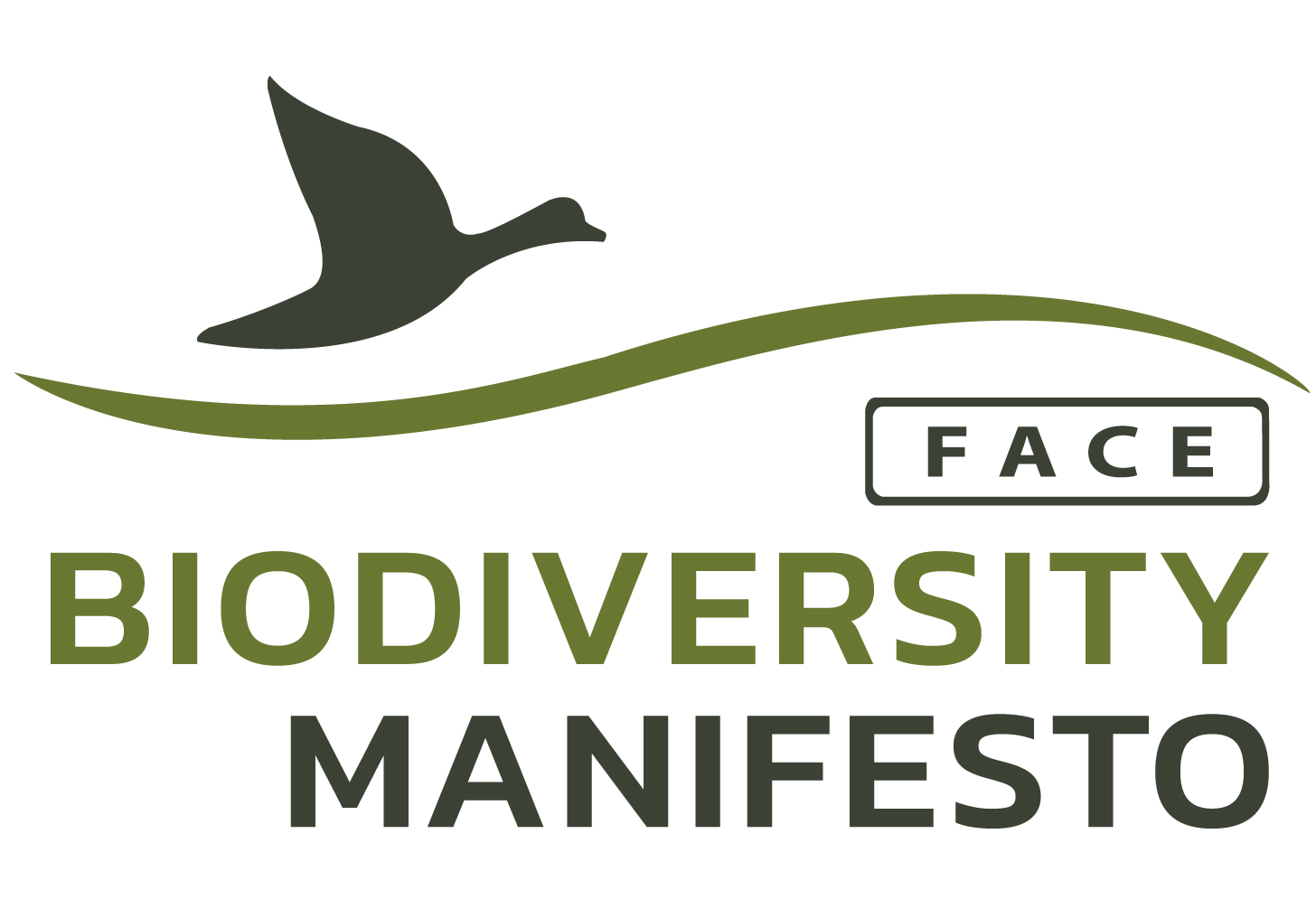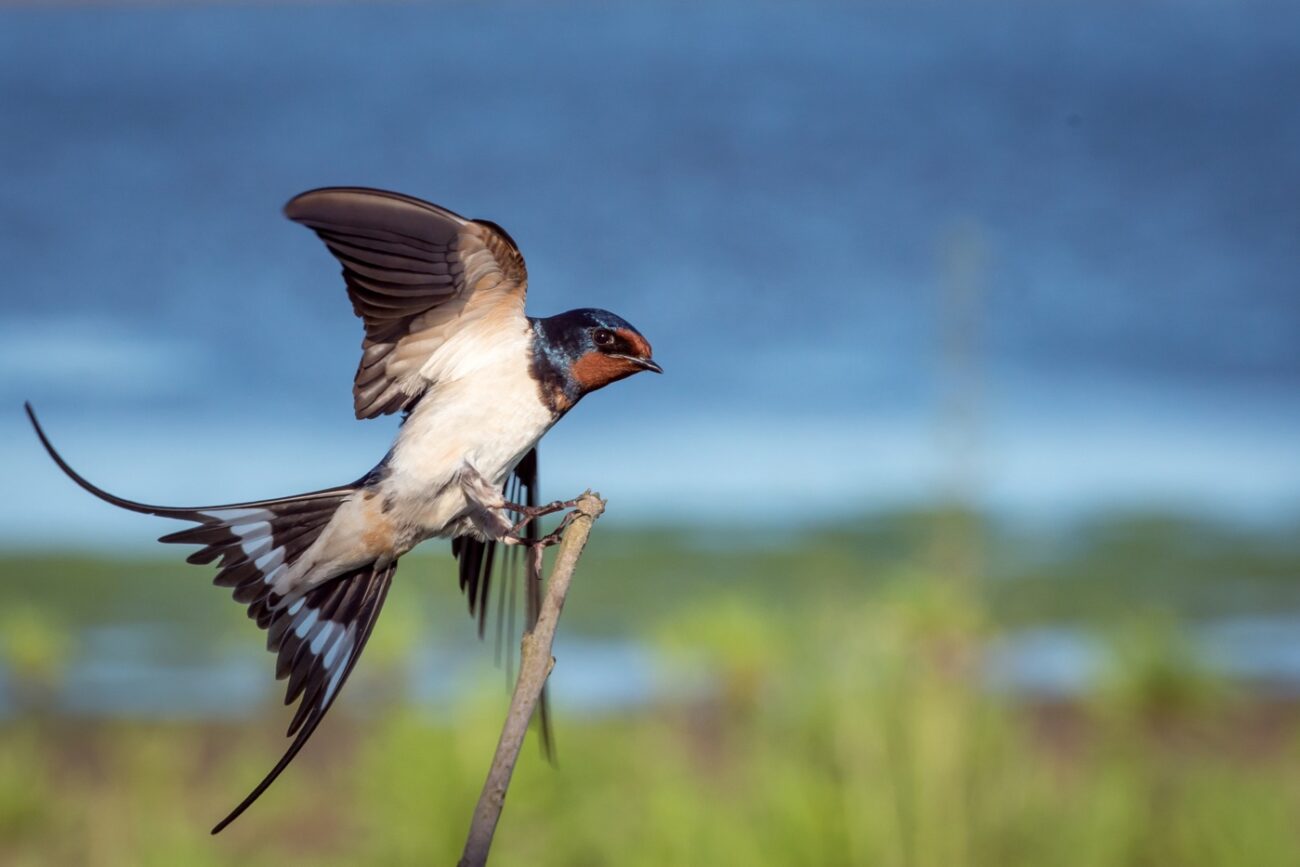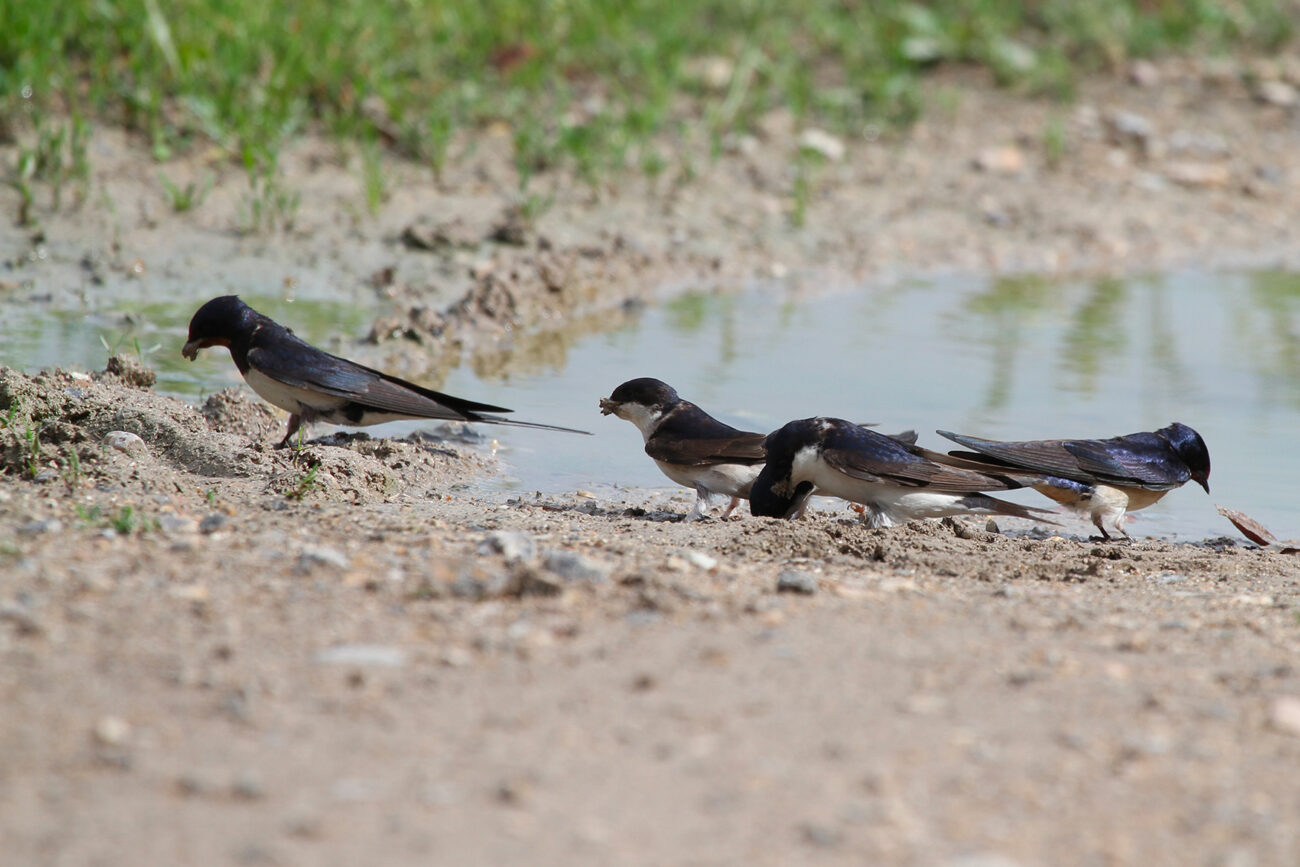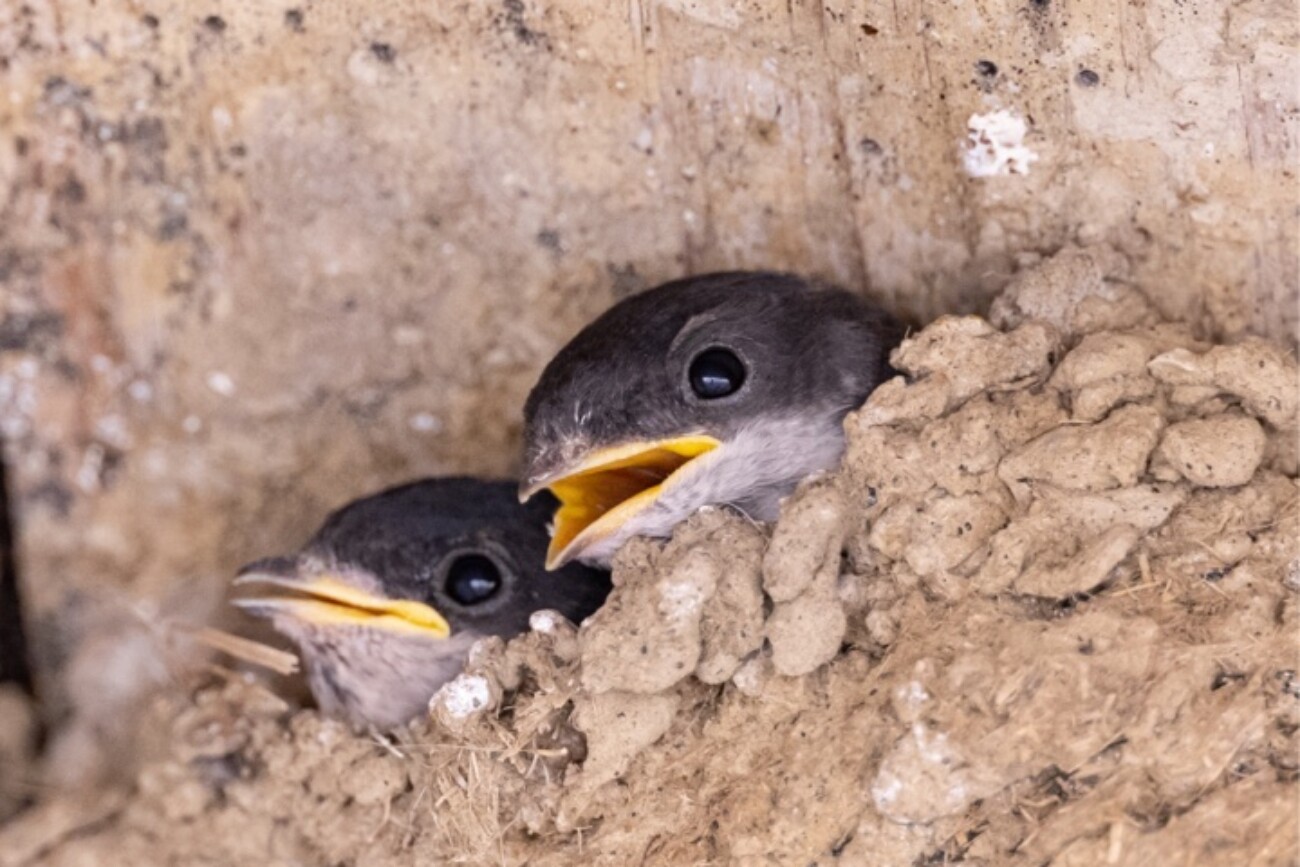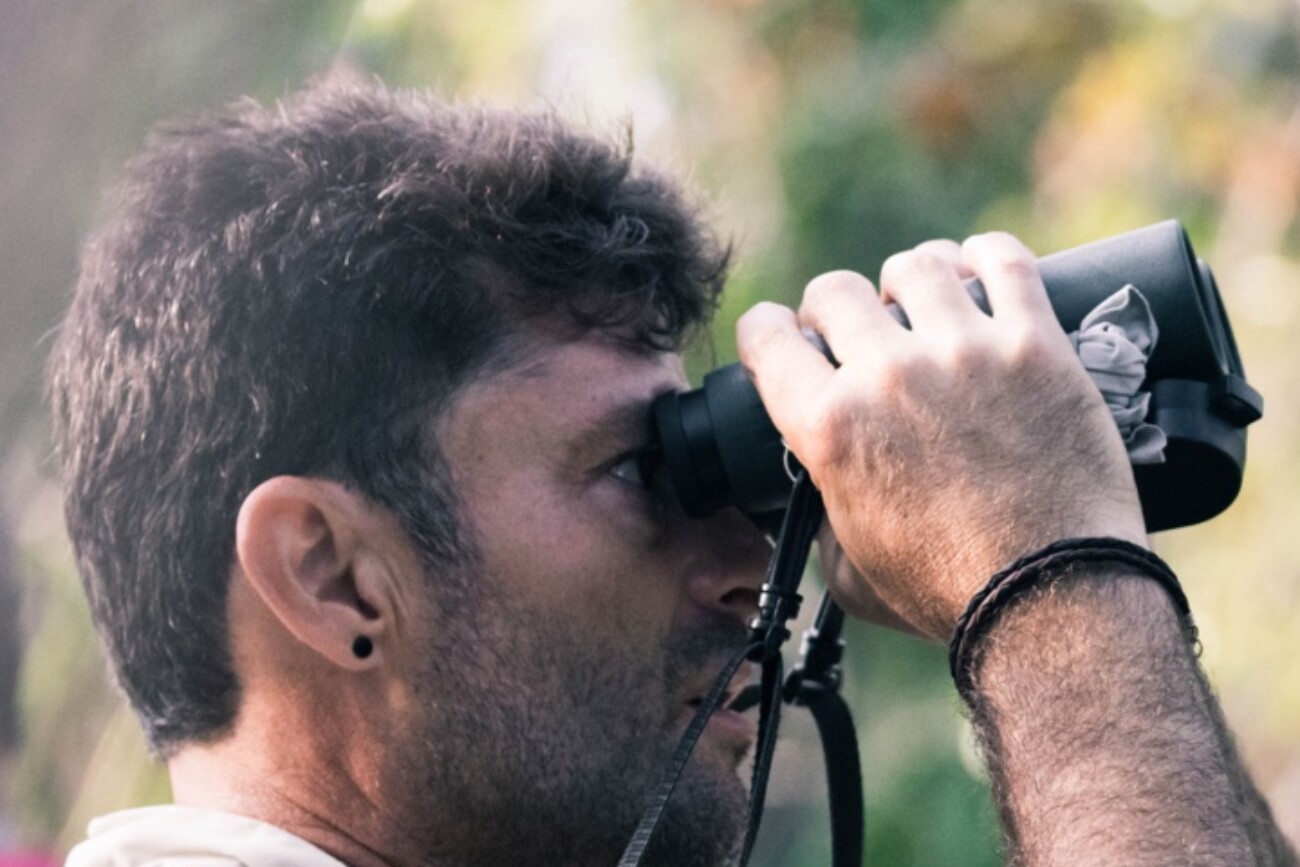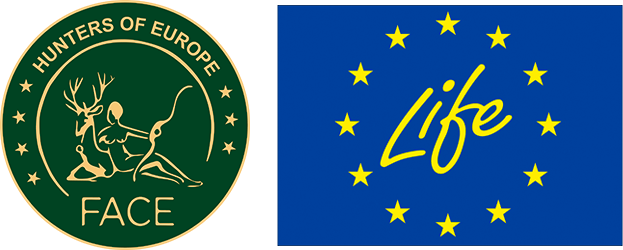Swallows are much more than just the spring premonition, the signal of better weather, or a symbol of luck. In fact, swallows are key species for ecosystems, being part of the most successful flying insectivores. Swallows are loved by a major part of society, and some swallow species, such as the Western house martin (Delichon urbicum), have adapted relatively well to humanized landscapes, being able to nest in buildings and live among us.
However, swallows have been affected by the destruction of their natural habitats. The decrease in natural nesting sites, wetlands, and food resources have caused a negative trend in French swallows’ populations. French swallows’ abundance has suffered a decrease of around 40% in the last 20 years.
Aiming to identify and protect these iconic bird species, in February 2020, the Swallows & Biodiversity operation in Hauts-de-France was born with 3 well-established objectives:
- Counting the swallow colonies to better understand the nesting populations through a participatory monitoring program.
- To promote the nesting of swallows by offering adapted accommodations (nest boxes and muddy areas) to individuals, communities, businesses, and associations.
- To raise awareness among citizens about the identification of different species as well as the factors that can lead to the disappearance of swallows.
The Swallows & Biodiversity project has the support of both the Ornitho Nature and the Fédération Nationale des Chasseurs (FNC), who made it possible for the project to become nationwide with the participation of 40 Departmental hunters’ federations, and financial support from the Office français de la biodiversité (OFB) through the eco-contribution system.
Swallows & Biodiversity is a citizen science project where everyone can submit a swallow observation on the project’s website (here) by providing the answer to 10 questions about the observation, such as species, number of individuals, habitat, location, date, and information about nesting. Those reported observations create a national monitoring network capable of generating data to survey swallows’ population trends.
This project is focusing on two swallow species, the Western house martin (Delichon urbicum) and the Barn Swallow (Hirundo rustica), easily distinguished by their throat and belly colors and tail color and form, facilitating the species identification for less experienced collaborators.
The project’s website is interactive, allowing to learn about these two swallow species, their morphology, habitat, and behavior through short captivating texts and quizzes. If you want to join and help swallows too, you can learn how by watching tutorials on how to build a nest box or a mud pit.
Policy Relevance
Hunters and hunting organizations are supporting huntable and non-huntable species in Europe through habitat management, providing or improving nesting sites for birds. The Swallows & Biodiversity project is one more example of the hard and fruitful work that hunters and hunting organizations make for the conservation of all birds’ species, thereby contributing to the EU’s Biodiversity Strategy for 2030.
Source: www.hirondellesetbiodiversite.fr
